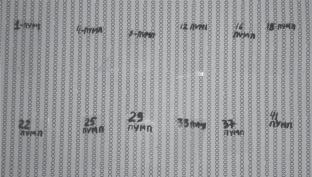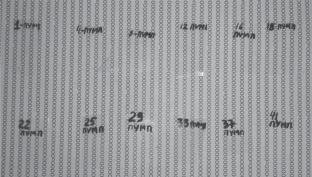Influence of Nonionic Surfactants on the Properties of Polyurethane Urea Films
IF 0.58
Q4 Materials Science
引用次数: 0
Abstract
Using polyurethane ureas as a basis for protective coatings materials with high wear resistance and strength margin can be prepared. It has been shown that cycloaliphatic diisocyanates, such as 3-isocyanatomethyl-3,5,5-trimethylcyclohexyl isocyanate and 4,4'-diisocyanatodicyclohexylmethane, impart transparency to polyurethane urea-based coatings due to formation of a single-phase structure. The possibility of optimizing the content of antifogging surfactants in these coatings has been investigated.


非离子表面活性剂对聚氨酯尿素膜性能的影响
以聚氨酯为基材,可制备具有高耐磨性和强度余量的保护涂层材料。研究表明,环脂肪族二异氰酸酯,如3-异氰酸酯-3,5,5-三甲基环己基异氰酸酯和4,4'-二异氰酸酯双环己基甲烷,由于形成单相结构,使聚氨酯脲基涂料具有透明度。研究了优化这些涂料中防雾表面活性剂含量的可能性。
本文章由计算机程序翻译,如有差异,请以英文原文为准。
求助全文
约1分钟内获得全文
求助全文
来源期刊

Polymer Science, Series D
Materials Science-Polymers and Plastics
CiteScore
0.80
自引率
0.00%
发文量
87
期刊介绍:
Polymer Science, Series D publishes useful description of engineering developments that are related to the preparation and application of glues, compounds, sealing materials, and binding agents, articles on the adhesion theory, prediction of the strength of adhesive joints, methods for the control of their properties, synthesis, and methods of structural modeling of glued joints and constructions, original articles with new scientific results, analytical reviews of the modern state in the field.
 求助内容:
求助内容: 应助结果提醒方式:
应助结果提醒方式:


